Table of Contents
LG NanoCell TVs Vs. Samsung QLED TVs, which is a better option?
When you want to purchase a TV, you want to enjoy the best picture quality. Lighting plays a vital role in offering you the best image quality on your TV. Various lighting technologies are available in the market today, including LED, QLED, OLED, and LCD TVs. However, as you search for a new TV, you may find other keywords such as the LG NanoCell vs UHD by Samsung.
The terms can be confusing, mainly because the two types of TVs are almost in the same price range. So, what do the terms mean, and which one is the best option for you?
Key Takeaways
- Samsung's QLED stands for quantum dot LED television. Quantum dots are tiny molecules that emit variously colored light when exposed to light.
- If you frequently stream shows, movies, and games, QLED TVs are a great choice. Your streaming experience is improved by their improved brightness and color vibrancy.
- If you choose the NanoCell TV, you will benefit from constant color, excellent pictures, and a range of viewing angles.
- You should think about the aspects that each has, including the panel type, before choosing. NanoCell makes use of an IPS panel, which among other things has a wide variety of viewing angles. On the other side, QLED makes advantage of the VA panel.
NanoCell Vs. QLED Comparison - Which Is Better?
Both NanoCell and QLED TVs are based on similar technology to an LCD TV. However, each uses its unique enhancement technique that comes with its pros and cons. So, what is the difference between the two?
What Is QLED TV?
QLED by Samsung stands for quantum dot LED TV. Like the LCD, QLED is referred to as transmissive, and it applies an LED backlight to perform. QLED is closed to LCD TVs than it is to OLED TVs (see 'Nanocell vs OLED').
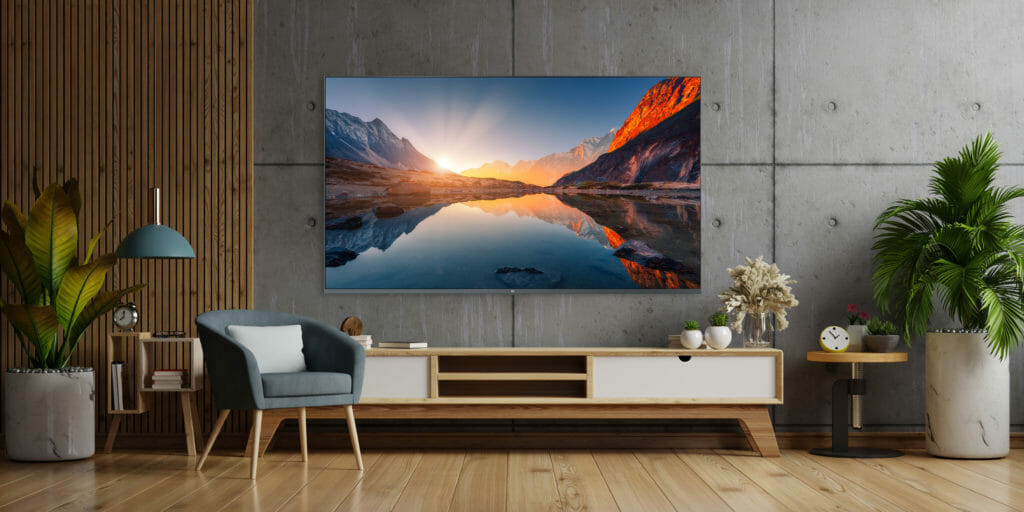
Quantum dots refer to some microscopic molecules which emit differently colored light when hit by light. The quantum dots are in a film, and the light is from an LED backlight. The light moves inside the TV through the layers, including a liquid crystal (LCD) layer. This helps to create a picture.
The LED backlight is transmissive as it transmits through various layers to the surface of the TV's screen.
Since 2015, Samsung has used the quantum dots for its LCD TVs. The QLED technology branding debut was in 2017.
The quantum dots evolve with time with various improvements in light and color output. The dots can offer vibrant, bright, and diverse colors, more than OLED TVs.
Should you buy a QLED TV?
QLED TVs are an excellent option if you stream shows, movies, and games a lot. They offer enhanced brightness and color vibrancy which improves your streaming experience.
Is QLED harmful to your health?
Cadmium, the heavy metal used to make quantum dots, is harmful to your health and an environmental hazard. Cadmium compounds can also be carcinogenic.
However, the quantum dots which are used in TVs are firmly embedded in the screens. They are enclosed behind multiple layers of glass and plastic so the chances of users being exposed to them during normal operation are next to none.
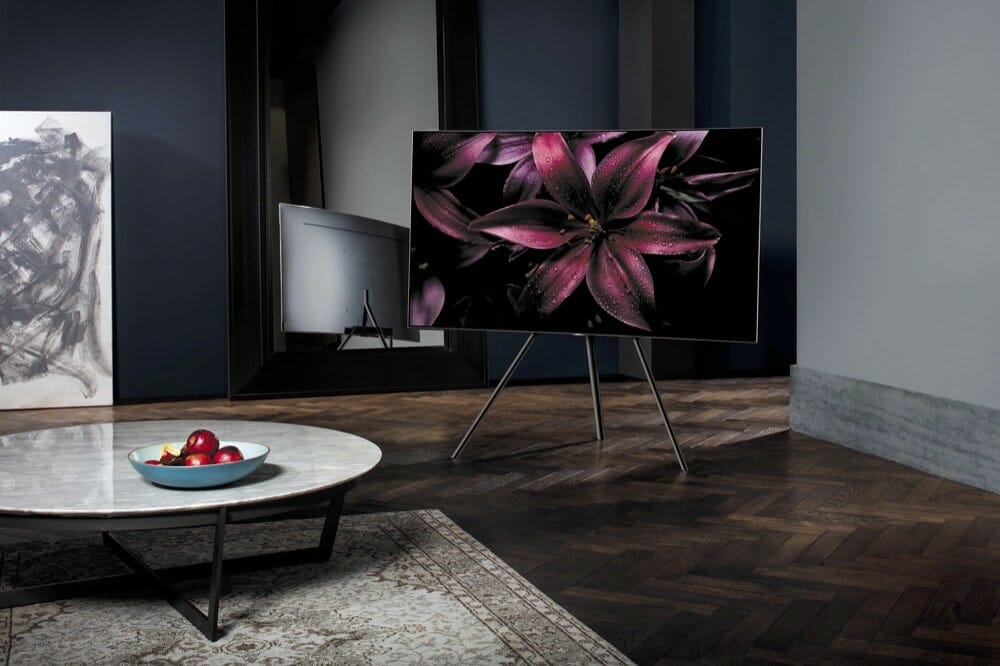
Advantages of QLED TVs
One of the most outstanding advantages of choosing a QLED TV over a NanoCell is the use of the VA panels. The panel ensures the TV offers excellent brightness, deep blacks, and high contrast. These features help to enhance the HDR content.
However, the TV is not the best when it comes to viewing angles. When you tilt the screen a little, the vibrancy of the colors is distorted. As such, you won't enjoy the best picture quality if you look at the screen from certain angles.
Additionally, the QLED TVs require you to use particular settings to enjoy the best picture quality. If you fail to use the settings, the colors on the screen become saturated.
Is NanoCell TV a Good Option?
NanoCell TV by LG uses nanoparticles. The nanoparticles are the filters that remove impurities and all the dull colors and unwanted lights, producing blue, red, and green colors.
The nanoparticles are placed in front of an LCD screen as a layer. When light passes through the nanoparticles layer, the layer filters all the impurities colors and produces the pure green, red, and blue colors you see on your TV screen.
LG TVs that use the NanoCell technology to enhance color depth display more vivid images. You can think about this technology in terms of paint. It'll be challenging to achieve a purely blue color when painting if there are hints of other colors in the mixture. In the same way, the nanoparticles seek to remove all color impurities for deeper colors.
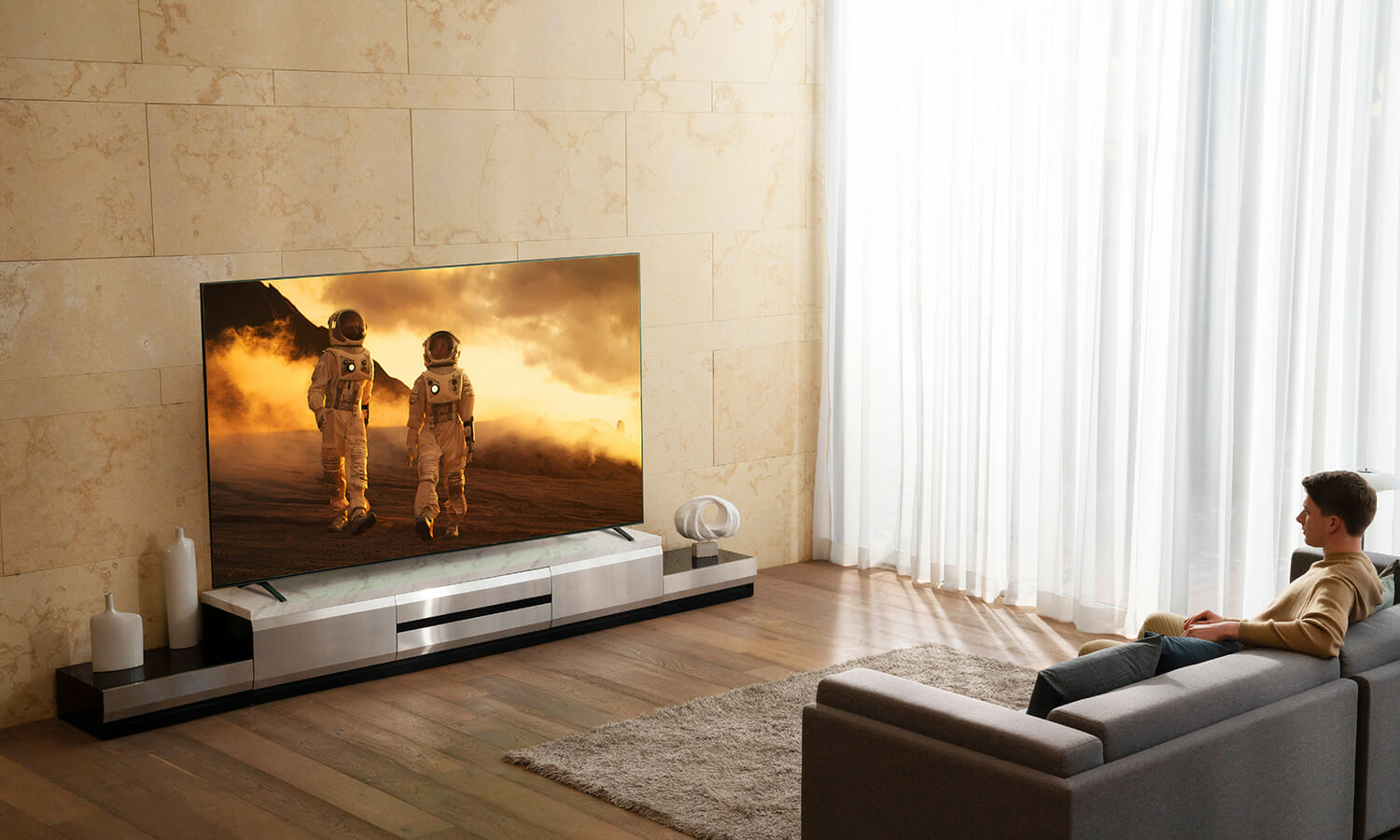
Advantages of NanoCell TVs
For the NanoCell TVs, the viewing angles are wider. As such, you enjoy quality images irrespective of your position as you look at the screen. However, for the IPS panel that NanoCell TVs use, the blacks are not as deep, and they are not uniform.
You also enjoy better brightness and contrast when you compare an IPS vs VA panel. Additionally, IPS panels are better at managing glare. Therefore, they are better for viewing your favorite TV programs or movies during the day as they are more at an ease of fighting light sources.
Another advantage of the NanoCell TV over the QLED is that it offers better response time. Thus, it is more effective in reducing motion blur resulting in a life-like watching experience.
Panel Technology
Does the panel technology of your TV matter? Yes, it does.
The panel type will affect various aspects of your television, including image quality, response time, etc. Various types of panels are available, including IPS panels, VA panels, and twisted nematic panels.
Twisted Nematic Panel is the most common and cheapest panel, primarily used in computer monitors. It is the cheapest panel technology and has various advantages, including higher peak brightness than OLED TV or plasma. It is most ideal for modern LCDs that use LED backlight.
However, it may not offer the best viewing angle, response time, and picture quality.
A vertical alignment (VA) panel is an LCD technology panel type that offers a high refresh rate, better color accuracy, incredible contrast ratio, and better viewing angles. You also get higher brightness than OLED TVs and plasma.
Samsung QLED Technologies use the vertical alignment panel. It offers a dark black ideal for watching movies in your darkroom. It offers fewer viewing angles than the IPS panel, and you can sometimes experience a black crush which will cause a reduction of the black detail.
In-Place Switching (IPS) panel is the most used panel type for photo editing due to its color accuracy. It offers the best colors accuracy potential for all LCD panels and higher peak brightness.
Samsung NanoCell TVs use the IPS panel that offers wider viewing angles. However, the panel is ideal for daytime when your room has more light.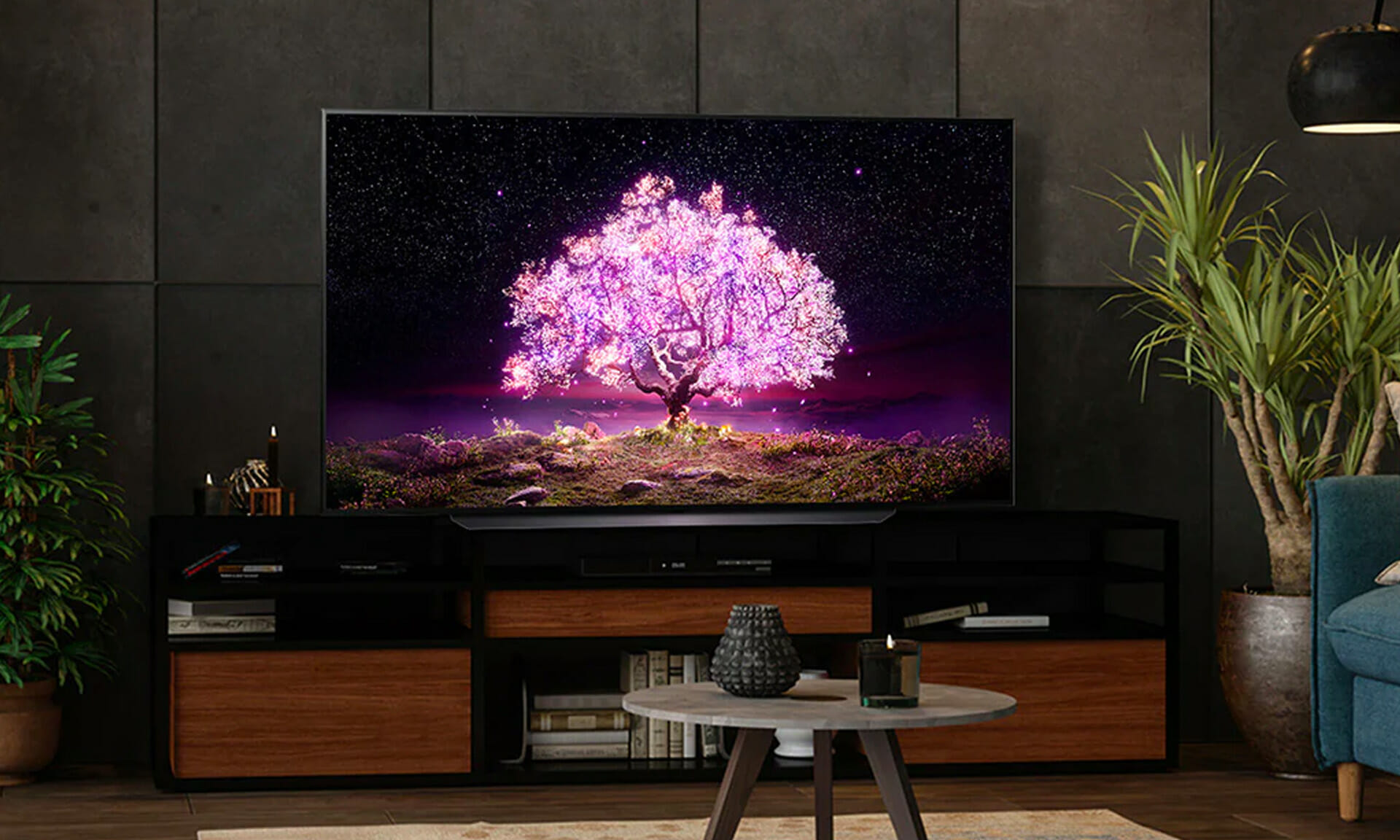
Dimming
Local dimming is a feature on NanoCell TV that automatically locks the backlight in certain parts of the screen that display black. The feature is referred to as local as it doesn't apply to the whole screen but parts of it. The local sections are called zones, and you can brighten or dim them as you need to. This helps the blacks appear completely black.
The dimming feature can sometimes be frustrating. For instance, if some bright objects are moving across the screen, the dimming zones don't transition fast. Therefore, you end up seeing the transitions happening, which can distract you when you are watching your favorite movie or TV show.
In What Ways Is the QLED TV Better Than NanoCell TV?
There are various ways that the QLED technology comes out as the better option. For instance, the technology offers enhanced energy efficiency and better contrast than the NanoCell TV. The better contrast is a result of the separate pixels that make up the TVs panels.
You will appreciate the enhanced energy consumption of the TV as you receive reduced electricity bills.
The technology also stands out as it offers a more effortless and straightforward installation process. Thus, you don't need to have enhanced technical skills to install and start operating it. The TV only consists of a socket meant for light, and it also comes with a discreet optical cable. The best thing about the optical cable is that it doesn't cause any obstruction or obstruct other cables meant for other devices such as the home cinema or the game console.
Where Does NanoCell TV Perform Better Than QLED TV?
If you go for the NanoCell TV, you will enjoy invariable color, high-quality images, and a wide variety of viewing angles. Thus, your position doesn't matter as you watch your favorite TV show or movie. The wide viewing angle ensures the NanoCell illumination doesn't change, ensuring you get the best quality and clear images. The NanoCell technology beats the QLED technology in this aspect as the color vibrancy reduces if you tilt the screen of a QLED.
Another aspect where the NanoCell technology beats the QLED technology is in the representation of blacks. One of the shortcomings of the QLED technology is in the representation they offer to black tones. The shortcoming is also a result of the alteration from the properties of images with varying perspectives.
Verdict
In the battle between LG NanoCell TV Vs. Samsung QLED TV, which one should you go for? Choosing between the two is not a simple decision to make since they are both reputable brands. When making a choice, you should consider the features that each come with, such as the panel type. NanoCell uses the IPS panel that offers a wide range of viewing angles, among other benefits. QLED, on the other hand, uses the VA panel. So, it all comes down to your needs, preferences and budget.

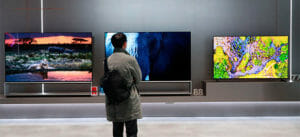
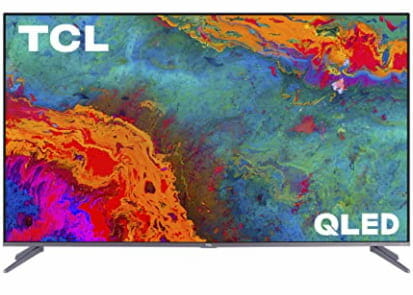

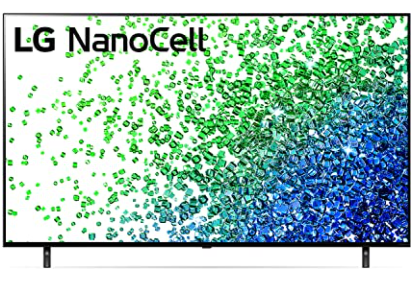

“which is better”…
Insert super long story…
Conclusion: waste everyone’s time by not saying which is better
Unfortunately, there is no clear-cut winner. It’s definitely situational depending on your requirements as we mention in the article.
How about categories? Which is best for sports viewing. Best streaming movies and shows, etc.
Both have their unique color and technique LG with the blacks Samsung with the white…. I would go for the LG since the blacks are darker which bring out more sharpness more contrast,.,.. I guess it depends on your liking!!!
If I had known that I couldn’t get ION plus on my new LG I wouldn’t have bought it
What do you mean? Does having a LG nanocell tv stop you from getting certain tv stations?